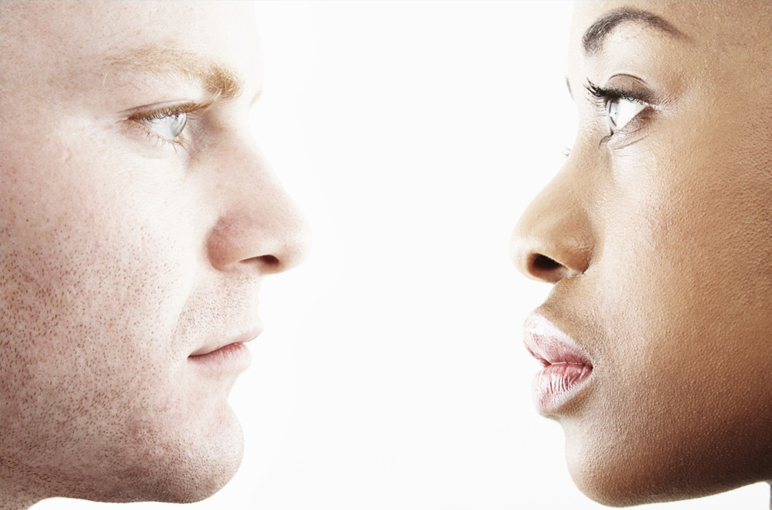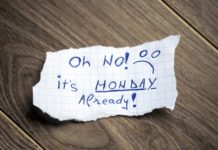Eye contact is one of the most powerful techniques to make a person feel appreciated, recognized and confirmed. The uncomplicated act of catching someone’s gaze, a prospective owner or an old friend has the power to inflame relationship. That’s why it’s so necessary, and that’s why it’s one of the necessary skills we highlight so strongly at the art of charm. Eye contact doesn’t mean watching into the person’s eye, but rather, it is being defined as a connection in the eye-nose triangle. What is the eye-nose triangle? It is an imaginative triangle from the 2 eyes to the projection of a person. This is the area that you should analyze eye contact. Should you sense any trouble or friction from the other person; you will have to decrease the portion of the contact.

Eyes will show you if a laugh is true or not.
A psychiatrist has detected between smiles that express real happiness and fake smiles that might be used to pretend happiness, or include some other emotion. The key to showing a fake smile from a real one is in the eyes. When building real smiles, the eyes narrow and create lines, or crow’s feet, at the external edges.
In either situation, we can understand how important eye contact really is. Someone’s gaze can be a way of truth or a gauge of lies, depending on the speaker’s plan and the listener’s sensibility. Both are communicated through the eyes. For one thing, steady eye connection will help you excite people to perform actions they’ve already allowed to undertake. It can also convince people to become more enthusiastic about your mutual position. If you’re exploring allies around the office, eye contact can be a powerful tool. If you’re a parent looking to instill control and link in your children, it can be fairly powerful.

A few influential predictor instances of eye contact:
Enlargement of the pupils symbolizes that the person you can interlace in shown interest in what you are saying or in you. If a person is shining far quicker than they ordinarily do, this show anxiety and irritating feeling of this person, it might mean the person is really misleading. If you are involved in a discussion with someone and their eyes are simply confused by the enclosing environment, this means that you have not received the interest of your audience. Remember this, if you are in a discussion with someone and your eye is consistently looking around the surrounding, it is being regarded as a rude action, so be mindful where your eye is viewing.

Eye Connection is a Valid Cue to Deception
Everyone believes that a liar won’t look you in the eye, but an examination on the nonverbal cues compared with lying suggests that a deceiver involves in more eye contact than a truth-teller. The reason is that the impostor goes another mile to try to assure you of his or her reality and so overdose the eye connection in order to seem correct.











